If you're thinking about rendering your Ripon home, then you'll have undoubtedly heard of acrylic renders.
There are many different types of renders out there, but acrylic render differs from more traditional rendering mixes in a number of ways, which we'll cover throughout today's post.
Whether it's suitable for your house or not is another matter altogether, but here at MisterRender we'll be able to provide you with all the information you need to determine that for yourself.
And if you're still not sure by the end of today's post? Just contact us. As experts in all manner of rendering systems, we'll be able to give you more personalised advice to suit your situation.
Ready to learn everything you need to know about acrylic render, though? Then let's get to it.
A traditional cement render is something all of us will be familiar with. Cement render has been the standard for hundreds of years, and it's done the job well.
Acrylic render simply takes this tried and tested rendered finish and adds to it by adding acrylic, a strong plastic. When acrylic is added to cement, it enhances its properties, making it even stronger, whilst still making it flexible enough to stick to the surfaces of the exterior wall.
Because acrylic is stronger, it also reduces the risk of unsightly hairline cracks, which are common with traditional render simply because it's not as strong.
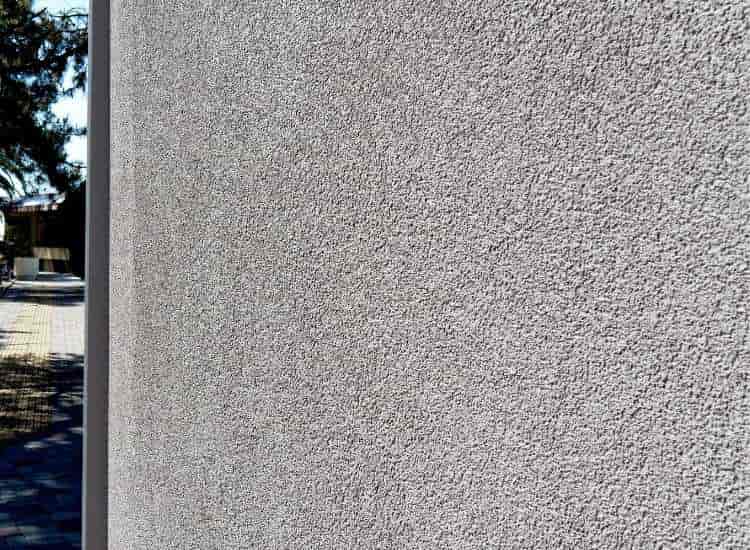
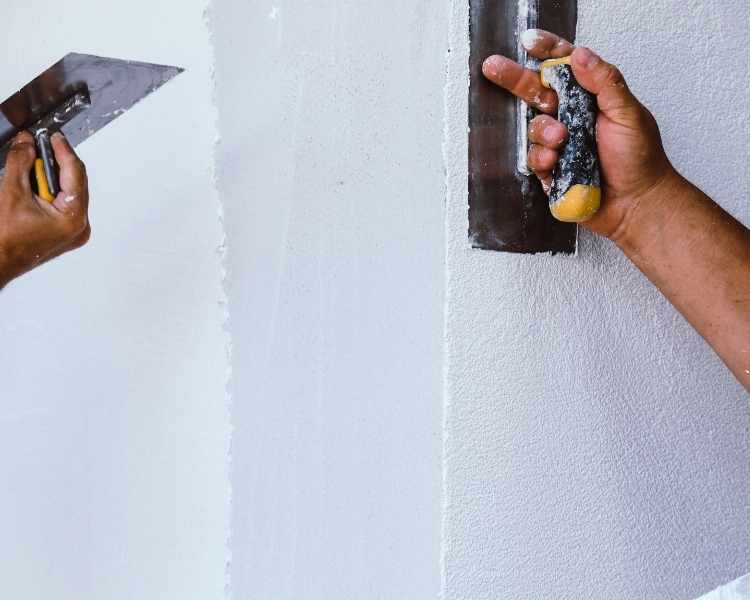
Acrylic render is supplied wet and can be generally applied over all manner of different bases, since it's able to adhere to concrete, brick, fibre, cement, block cement, and painted walls easily.
It can be applied using a variety of methods, including spray guns, hand trowels, or a roller, and this allows you to give it different finishes to make it more aesthetically pleasing. If you want a smooth or textured finish, both are possible with this type of render - all you have to do is select a render with a different grain size - 1.0mm will provide a smoother finish, and 3.00mm will provide the most textured.
Acrylic render is one of the more flexible render options out there, making it suitable for a range of properties.
Here at MisterRender, we'll be able to tell you if acrylic render isn't the right choice for the exterior of your property, and give advice about which render is more suitable.
Generally, two coats are required in order for the render to give the correct decorative finish and protect your home from all manner of adverse weather conditions.
Thankfully, for experts like us, acrylic render is easy to apply, so those two coats won't take too long, and that will ultimately save money on labour costs.
The only waiting time you'll have is whilst the first coat of render dries - which usually takes between 12 and 48 hours depending on weather and humidity. Once dry, the second coat can be applied to this type of render, and the job will be complete.
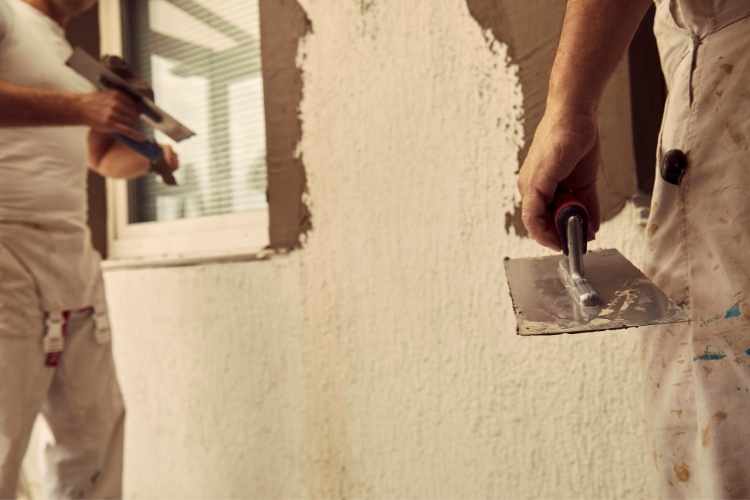
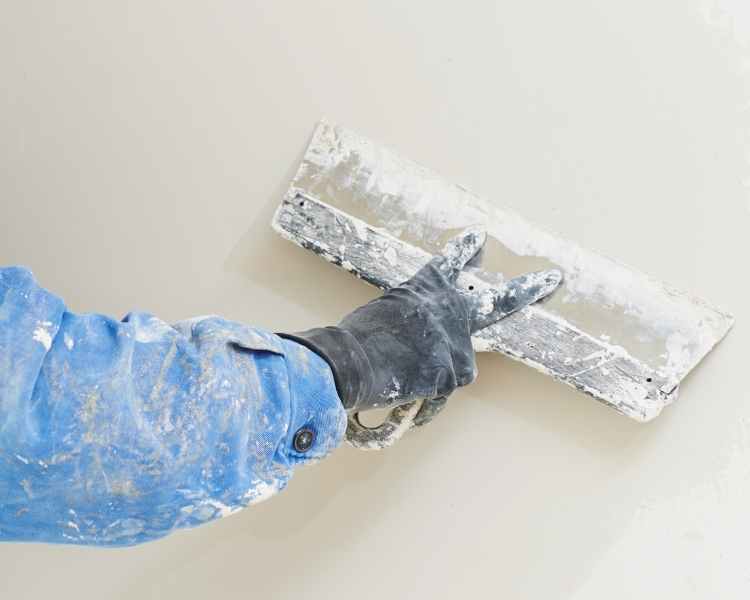
To help understand the major differences between acrylic rendering and other types of rendering (cement rendering, traditional render, or more modern renders) we'll look at some of the most popular rendering systems and see how acrylic render matches up.
The major difference between concrete rendering and acrylic is that acrylic is able to form a stronger bond on the surface of the exterior walls than concrete render is.
When looking for long-lasting home improvement, it's much easier to create a durable finish when acrylic is in the render mix. It will prevent cracks better than concrete alone, and it can be applied more easily to a range of properties.
Other traditional renders don't have the luxury of adding texture in the same way acrylic render does. Because the finishes are so varied, it's much easier to create a finish you prefer with acrylic, whether that's one with texture or one that's completely smooth - the choice is yours.
Because the acrylic render mix adheres to all sorts of surfaces well, you can easily change the look of a wall with this rendering technique, but more traditional methods tend not to have this same versatility.
There are many modern render techniques: silicone render, monocouche render, mineral render, to name a few - all of which will change the look of your walls much like acrylic does, because they mix in plastic and other additives to make the rendered walls more durable.
With monocouche, though, colours are already mixed into the render before applying, eliminating the need for paint. With acrylic, you will need to paint each wall regularly to keep it looking its best.
With mineral renders, it's often cheaper than acrylic, but the result isn't of the same high-quality, and will need new render a lot quicker than acrylic will.
And finally, silicone render is very similar, but is available in vibrant colours (so you won't need to paint) and it's more breathable so may be better suited to some properties. Again, experts will be able to advise if silicone is the better option for your home.

This rendering technique is water resistant, frost resistant, and vapour permeable, meaning damp issues won't be something you need to worry about when this is applied to your home. It also won't fade in direct sunlight as it has built in UV resistance too.
Because it's so easy to apply (and so fast drying), we can apply it to virtually any surface quickly, meaning you save on labour costs and get the look you want for your home in no time at all.
With a long lifespan of 20 to 40 years (depending on how badly it has been treated by the weather), this render will be protecting the surface of your exterior walls for years to come.
It's great at keeping heat in, so you'll notice a reduction in your energy bills if you have no render or older render currently.
The surface it creates over traditional brick and other bases means it'll take a range of colours easily and make your property stand out!
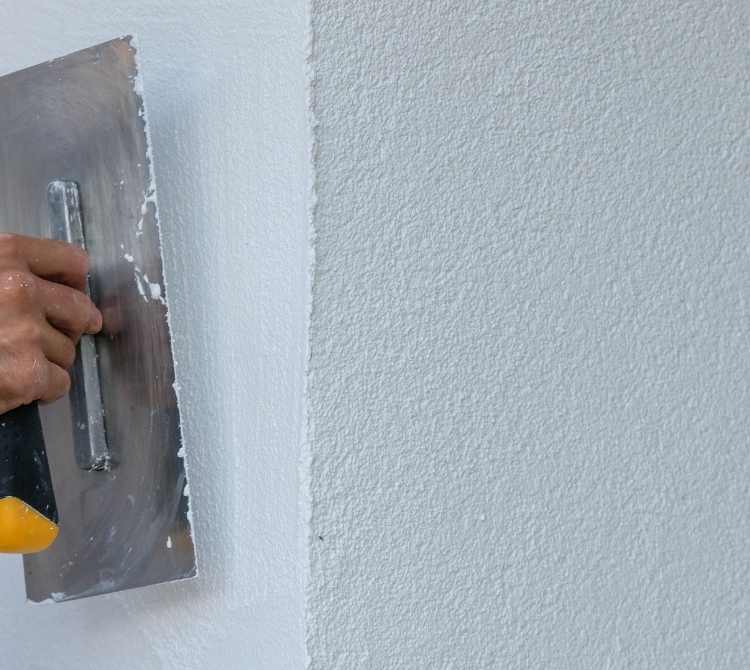
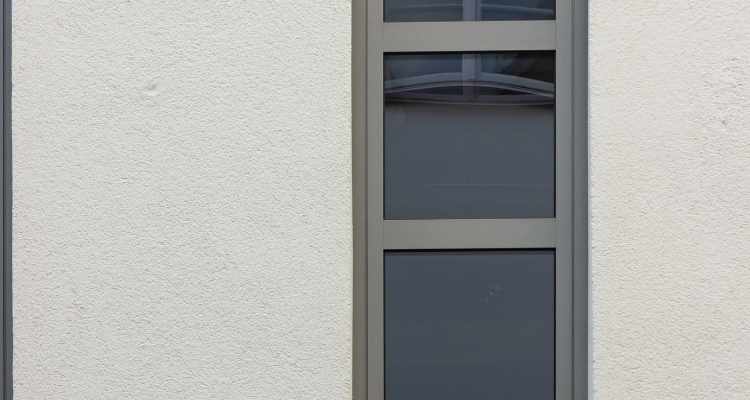
Deciding if acrylic rendering is right for you can be difficult, but that's what we here at MisterRender do best. So if you're struggling to decide which rendering option is best for you and your Ripon property, reach out. Once you've decided, we'll be happy to carry out the work for you! So why not contact us today?

Yes, Acrylic Render offers great waterproof characteristics, as well as frost resistance and self-cleaning properties. It will provide a long-lasting, visually beautiful protective barrier on your building's outside surface.
Yes, acrylic render may be painted over. Furthermore, we may tint your render to match your paint colour if asked, so you may not even need to apply a second coat. Paint will give a stylish and protective covering to your rendered wall.
Acrylic is a sort of plastic, and it is because of this plastic component that the render is so flexible and sturdy. Even when the ground compresses and expands over time or as the seasons change, this style of render is significantly less likely to fracture or go drummy.
The render surface dries in 2-4 hours at 23 degrees celsius. After 6-8 hours, apply a second coat, and the surface will be fully cured in 7 days. Allow the render to cure for at least 1 day for every 2mm thickness of the render before applying a decorative finish (i.e. paint).